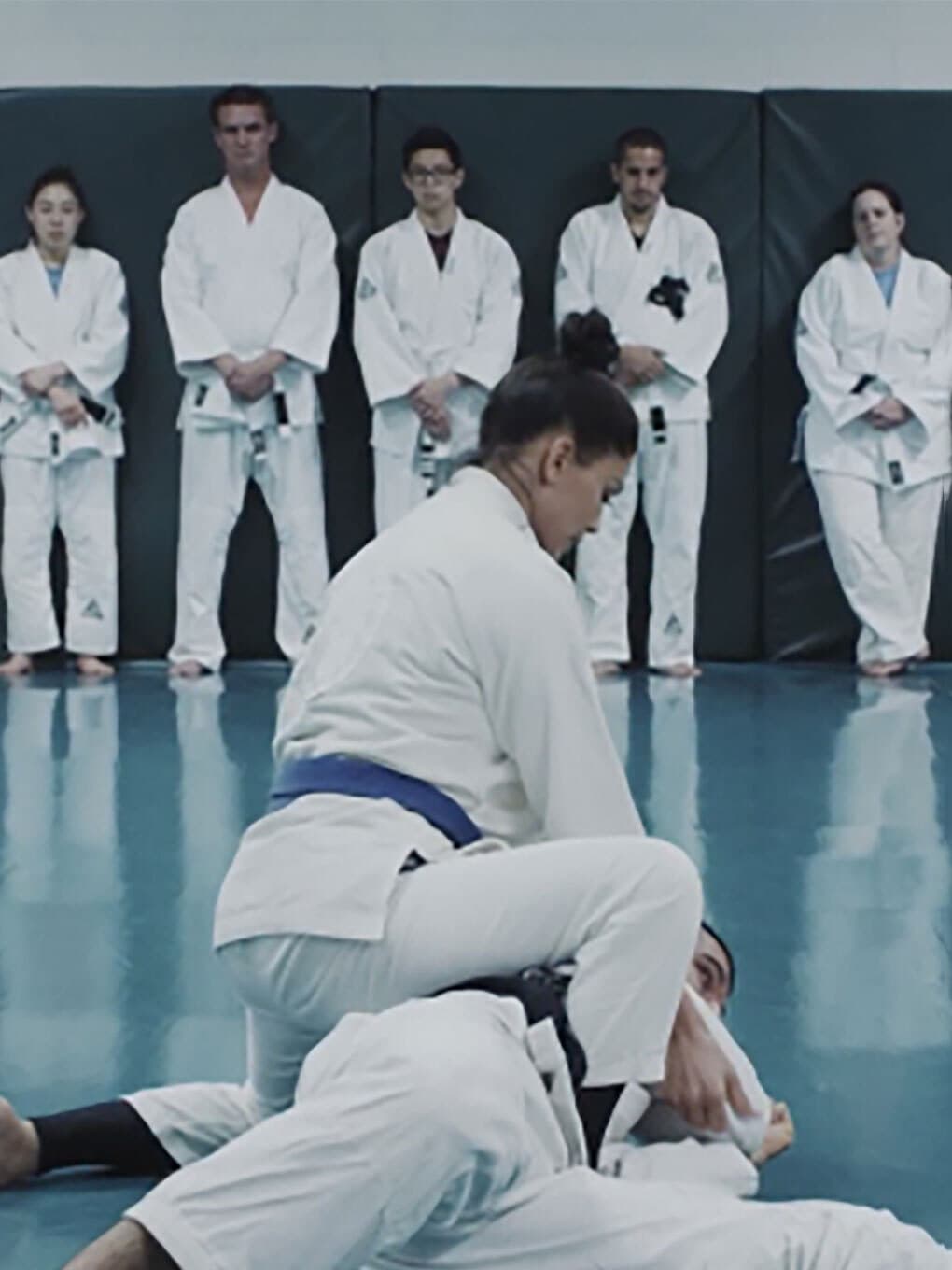वह दृष्टि स्वतंत्रता जिसके आप हकदार हैं
Treat nearsightedness with our EVO ICL (EVO) Implantable Collamer® Lens.
उपचार की विस्तृत श्रृंखला
कॉन्टैक्ट लेंस और चश्मा एक परेशानी और सीमित करने वाले हो सकते हैं। ICL -0.5 से लेकर -18 डायोप्टर तक के नुस्खे की एक विस्तृत श्रृंखला का इलाज कर सकता है।
ICL बनाम लेसिक बनाम PRK
जब दृष्टि सुधार की बात आती है, तो यह तय करना मुश्किल हो सकता है कि आपकी आंखों के लिए सबसे अच्छा क्या है। प्रक्रियाओं के बीच अंतर के बारे में जानें और देखें कि क्या ICL आपके लिए सही है।
ICL
लेसिक
PRK
दृष्टि गुणवत्ता
ICL
लेसिक
PRK
सुरक्षा-संबंधी विशेषताएं
ICL
लेसिक
PRK
UV: ultraviolet.
* There is a limit flexibility if future procedures involve the cornea.
** Not applicable
*** Limited
इसमें केवल 30 मिनट लगते हैं
ICL प्रक्रिया न्यूनतम इनवेसिव है और लेंस को एक छोटे से चीरे के माध्यम से इम्प्लांट किया जाता है जिससे प्रक्रिया और रिकवरी तेज़ी से होती है। दुनिया भर में लगाए गए 3,000,000 से अधिक लेंसों के साथ, ICL दुनिया भर में कई लोगों के लिए पसंद की तेज़ दृष्टि सुधार प्रक्रिया बन रहा है।
Important Safety Information
EVO & EVO TICL is designed for the correction of moderate to high near-sightedness (-0.5 to -20.0 dioptres (D)) and the reduction of near-sightedness in patients with up to -20 dioptres (D) of near-sightedness with less than or equal to 6.0 dioptres (D) of astigmatism. It is indicated for patients who are 21 to 45 years of age. In order to be sure that your surgeon will use a EVO with the most adequate power for your eye, your near-sightedness should be stable for at least a year before undergoing eye surgery. EVO surgery has been documented to safely and effectively correct near-sightedness between -0.5 dioptres (D) to -20.0 dioptres (D) and partially correct near-sightedness up to -20 dioptres in eyes with up to 6.0(D) of astigmatism. If you have near-sightedness within these ranges, EVO surgery may improve your distance vision without eyeglasses or contact lenses. EVO surgery does not eliminate the need for reading glasses, even if you have never worn them before. The EVO represents an alternative to other refractive surgeries including, laser assisted in situ keratomileusis (LASIK), photorefractive keratectomy (PRK), incisional surgeries, or other means to correct myopia such as contact lenses and eye glasses. EVO is not intended to correct any astigmatism you may have. Implantation of the EVO is a surgical procedure, and as such, carries potentially serious risks. Please discuss the risks with your eye care provider. The following represent potential complications/adverse events reported in conjunction with refractive surgery in general: conjunctival irritation, acute corneal swelling, persistent corneal swelling, endophthalmitis (total eye infection), significant glare and/or halos around lights, hyphaema (blood in the eye), hypopyon (pus in the eye), eye infection, EVO ICL dislocation, macular oedema, non-reactive pupil, pupillary block glaucoma, severe inflammation of the eye, iritis, uveitis, vitreous loss and corneal transplant. Before considering EVO surgery you should have a complete eye examination and talk with your eye care professional about EVO surgery, especially the potential benefits, risks and complications. You should discuss the time needed for healing after surgery.
Latin America
संदर्भ
1Visian ICL Patient Information Booklet
2Sanders D. Vukich JA. Comparison of implantable collamer lens (ICL) and laser-assisted in situ keratomileusis (LASIK) for Low Myopia. Cornea. 2006 Dec; 25(10):1139-46.
3Naves, J.S. Carracedo, G. Cacho-Babillo, I. Diadenosine Nucleotid Measurements as Dry-Eye Score in Patients After LASIK and ICL Surgery. Presented at American Society of Cataract and Refractive Surgery (ASCRS) 2012.
4Shoja, MR. Besharati, MR. Dry eye after LASIK for myopia: Incidence and risk factors. European Journal of Ophthalmology. 2007; 17(1): pp. 1-6.
5aLee, Jae Bum et al. Comparison of tear secretion and tear film instability after photorefractive keratectomy and laser in situ keratomileusis. Journal of Cataract & Refractive Surgery , Volume 26 , Issue 9 , 1326 - 1331.
5bParkhurst, G. Psolka, M. Kezirian, G. Phakic intraocular lens implantantion in United States military warfighters: A retrospective analysis of early clinical outcomes of the Visian ICL. J Refract Surg. 2011;27(7):473-481.


